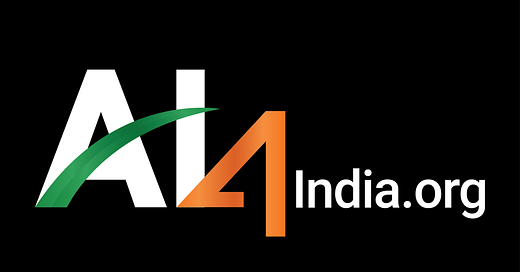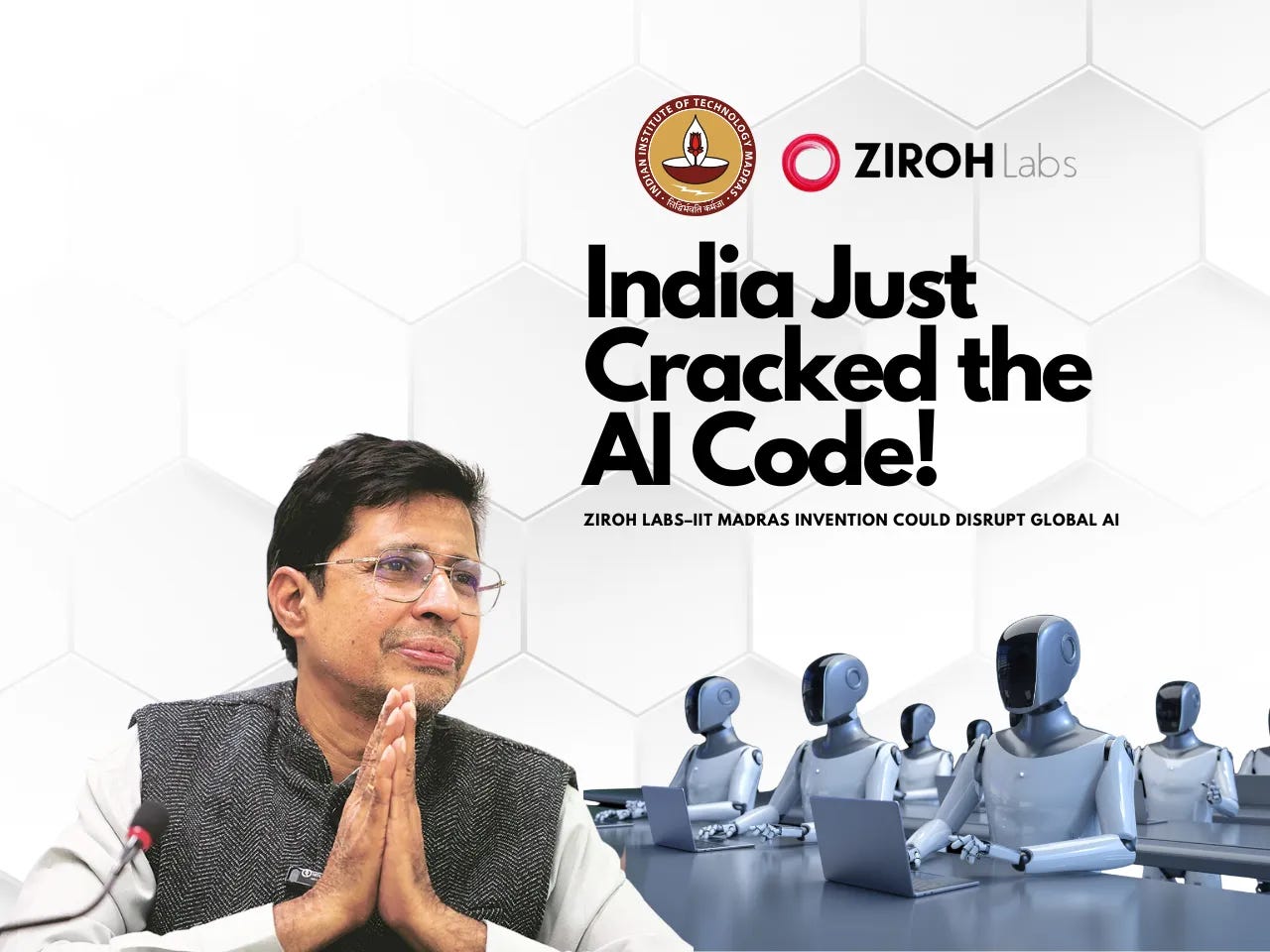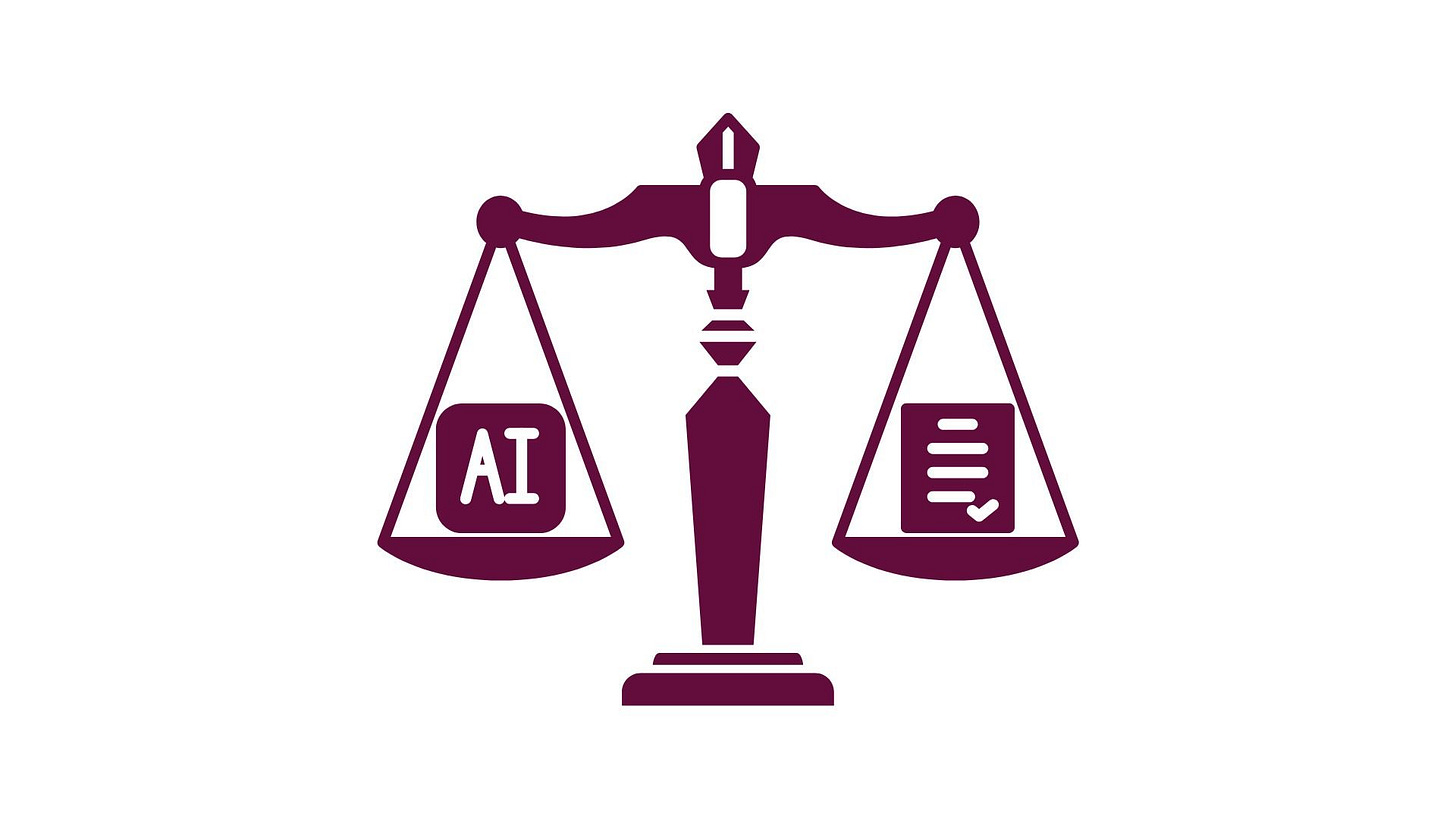India is stepping boldly into its AI future—one where compute power, contextual data, and inclusive innovation come together to redefine the nation’s digital trajectory. In this edition, we explore how India’s AI roadmap is evolving—from Abhishek Singh’s vision of a compute-rich, open-source ecosystem to quiet revolutions like Kompact AI that make powerful models accessible without GPUs. We examine how media houses like India Today are reimagining storytelling with AI, where startups are reshaping Indic language tools, and how the global governance landscape is influencing India's regulatory experiments. This week’s edition is a deep dive into how India is not only building AI but building its own kind of AI—purposeful, plural, and public-spirited.
India’s AI Roadmap: From Talent to Transformation
In a recent conversation during the AI Talks podcast hosted by AIM and powered by Meta, Abhishek Singh, CEO of IndiaAI and Additional Secretary at MeitY, offered a comprehensive look at how India is laying the foundation for an inclusive, future-ready AI ecosystem. He highlighted India’s global leadership in AI talent, with Indian professionals playing pivotal roles in leading tech companies worldwide. However, Singh acknowledged that talent alone isn’t enough — access to compute infrastructure is equally critical. To bridge this gap, the government has committed to enabling 18,000 GPUs, with private sector investments already gaining momentum. At the heart of the mission lies the soon-to-be-launched India Data Platform, which will host diverse, Indian-context datasets to empower developers and startups to train, fine-tune, and deploy models tailored to India’s unique needs.
Singh underscored India’s commitment to democratizing AI by focusing on open-source technologies, voice-enabled interfaces, and vernacular accessibility. The aim is to ensure AI solutions reach farmers, patients, and citizens across the spectrum — enabling, for instance, a farmer to ask about mandi prices in his native language or a mother to access medical guidance through a simple voice interaction. He shared how this inclusive vision is being implemented through cross-sectoral innovation challenges, partnerships with health and police departments, and problem statements drawn from real-world needs. India’s roadmap is not just about building foundational models but ensuring that these models solve everyday challenges, elevate public services, and reflect the country’s cultural and linguistic diversity.
Kompact AI: India’s Silent AI Revolution
In a significant yet underreported development, Indian startup Ziroh Labs, in collaboration with IIT Madras, has introduced Kompact AI—a groundbreaking innovation enabling large AI models to operate efficiently on standard CPUs, eliminating the need for costly GPUs. This advancement allows models like Meta’s Llama 2 and Alibaba’s Qwen 2.5 to run on everyday hardware, such as Intel Xeon chips, potentially democratizing AI access for over 150,000 startups across India. By removing the financial and logistical barriers associated with GPU procurement, Kompact AI offers a more inclusive pathway for AI development, particularly benefiting startups in Tier 2 and Tier 3 cities.
Despite its transformative potential, Kompact AI has received limited attention in mainstream media. This oversight underscores a broader issue where significant technological advancements in India often go unrecognized. As part of a growing ecosystem of deep-tech innovations emerging from IIT Madras, Kompact AI exemplifies India's capacity for pioneering solutions in artificial intelligence. Recognizing and supporting such initiatives is crucial for fostering a more inclusive and self-reliant AI landscape in the country.
India’s Workforce Transformation: Bridging the Talent Gap
India's ambitious digital agenda, including initiatives like the IndiaAI Mission and the Skill India Digital Hub, aims to position the country as a global technology leader. However, a significant talent gap poses a challenge. The World Economic Forum's Future of Jobs Report 2025 reveals that 67% of companies in India plan to tap into more diverse talent pools to fill emerging roles, surpassing the global average of 47% . This strategy includes removing degree requirements and offering apprenticeships, particularly in sectors like semiconductors, to cultivate the necessary skills domestically.
Despite these efforts, retaining top talent remains a concern, with approximately 18 million Indians emigrating annually for better opportunities, including a significant number of graduates from premier institutions . To counter this, companies are investing in continuous learning programs, focusing on areas such as AI, machine learning, and automation. These initiatives aim to enhance workforce participation, especially among underrepresented groups like women, and ensure that India's digital growth is inclusive and sustainable.
AI Governance in 2024: Global Divergence, Local Priorities
The State of AI Governance 2024 report by the Takshashila Institution presents a sweeping analysis of how countries, corporations, and coalitions are managing the complexities of AI regulation. While the US leans toward market-driven governance with geopolitical priorities, the EU continues its rights-centric approach with stringent, enforceable laws. China maintains a heavily state-controlled system prioritizing national security, and India is experimenting with a light-touch framework aimed at fostering indigenous innovation. However, the report cautions that India’s compute infrastructure under the IndiaAI Mission may remain underutilized due to bureaucratic friction and eligibility constraints.
The report also flags the growing influence of corporate and multistakeholder initiatives, even as transparency and external scrutiny remain limited. A key trend for 2025 is the expected rise of roles like the “Chief Responsible AI Officer” to navigate compliance and public trust. Predictions suggest that global governance will continue to favor innovation over accountability, with sovereign cloud investments rising amid geopolitical tensions. India, while seen as a democratic AI innovator, may focus more on information control than on comprehensive ethical oversight. As regulatory dynamics evolve, AI governance is poised to become a contested yet defining space for both state and corporate actors.
Inside the AI-Powered Newsroom: India Today’s Bold Experiments
In a candid conversation with Business Standard, Kalli Purie, Vice-Chairperson of the ₹1,100 crore India Today Group, shared how the media giant is reshaping news broadcasting by embracing artificial intelligence. From launching AI anchors like Sana—who delivered G20 bulletins in 12 languages and interviewed celebrities—to creating AI twins of anchors such as Anjana Om Kashyap and Shweta Singh, the newsroom is experimenting with tech in ways that blend editorial legacy with innovation. AI-generated magazine covers, automated stylesheet integration, and even music pop stars like Aishan and Ruh signal a reimagining of content creation across formats.
While these tools aren’t yet replacing journalists, they’re designed to eliminate repetitive tasks and amplify creativity. “A digital persona can do funny hours,” Purie points out, referring to AI’s role in covering breaking events or creating multilingual content on-demand. However, she also raises important questions around copyright, regulation, and the ethical limits of AI recreations. For India Today, the AI journey is not just about efficiency—it’s about future-proofing media while staying rooted in editorial values.
The Investment Gap in Indic LLMs: Promise Meets Pragmatism
Despite India's linguistic diversity and the growing need for AI models that cater to regional languages, venture capitalists remain cautious about investing in Indic large language models (LLMs). The primary concern is the lack of a clear monetization strategy. Unlike established LLMs like OpenAI's GPT-4, which have well-defined revenue models, Indic LLMs are still exploring viable business applications. This uncertainty makes it challenging for investors to justify large-scale funding.
Additionally, the technical challenges of developing high-quality LLMs for India's numerous languages are significant. The scarcity of comprehensive datasets for many regional languages hampers the training of effective models. Moreover, the infrastructure required to support such development is substantial, and the ecosystem lacks the maturity seen in more developed markets. These factors contribute to the hesitancy among VCs to commit significant resources to Indic LLM ventures.
AI Buzz of the Week: Coding
This week, the AI spotlight is on advancements in coding capabilities. OpenAI has introduced GPT-4.1, a suite of models optimized for coding tasks. These models, including GPT-4.1 Mini and Nano, feature an extended context window of up to a million tokens, enabling them to handle larger codebases effectively. Additionally, they exhibit improved instruction-following abilities, enhancing their utility in coding applications. However, concerns have been raised regarding OpenAI's decision to reduce resources for safety testing, leading to internal and external criticisms.
In parallel, Google has unveiled Gemini 2.5 Flash, an AI model focused on efficiency. This model combines symbolic and neural reasoning to deliver faster computations, making it suitable for real-time applications. Developers can begin building with Gemini 2.5 Flash through Google's developer tools. These developments signify a significant step forward in AI's role in coding, offering enhanced capabilities and efficiency for developers.
#DataDaan - Donate for a Digital India
Aligned with the IndiaAI Mission and MeitY’s efforts to ensure the availability of AI-usable data, the #DataDaan campaign by AI4India is now live on DataDaan.org. This initiative invites individuals and organizations to contribute valuable datasets, enriching India’s AI ecosystem and driving innovation across sectors. The platform provides a streamlined process for data contribution, ensuring responsible and impactful AI development. Visit DataDaan.org to explore the initiative and be part of this transformative effort.
NOTE: The views expressed by the authors are their own. AI4India as a forum does not endorse any comments on specific brands, products, platforms or companies.
Join our AI4India.org forum to be a part of the AI revolution in India by visiting our site now.
Follow us on our X and LinkedIn to receive interesting updates and analysis of AI-related news









